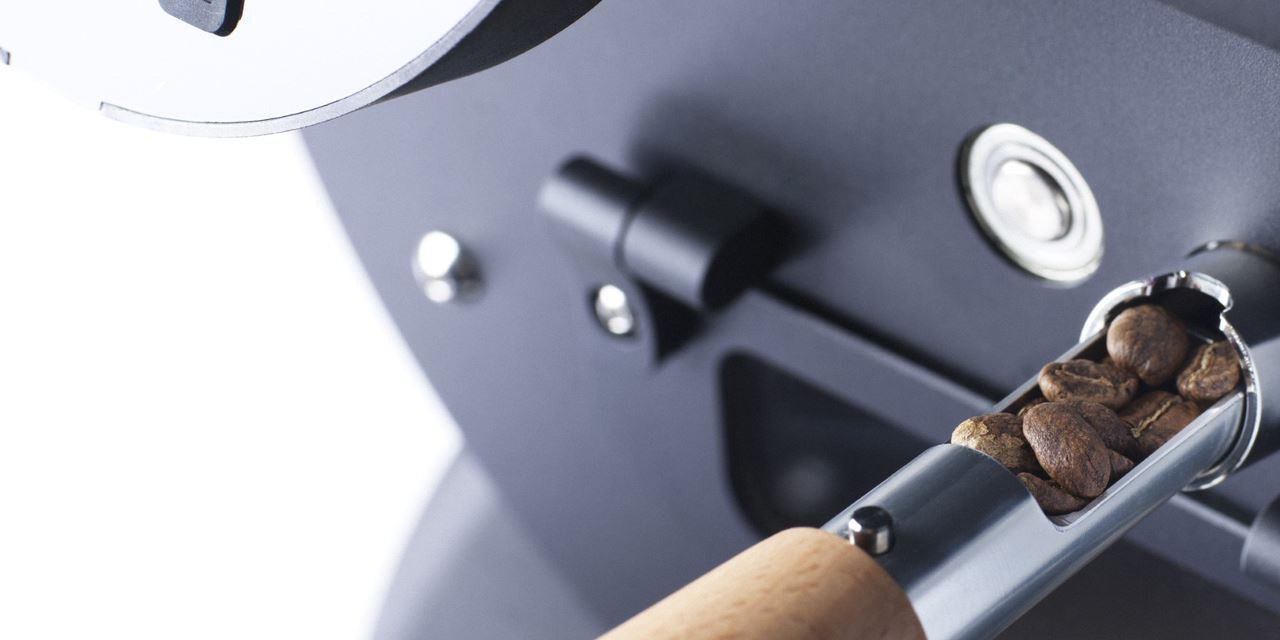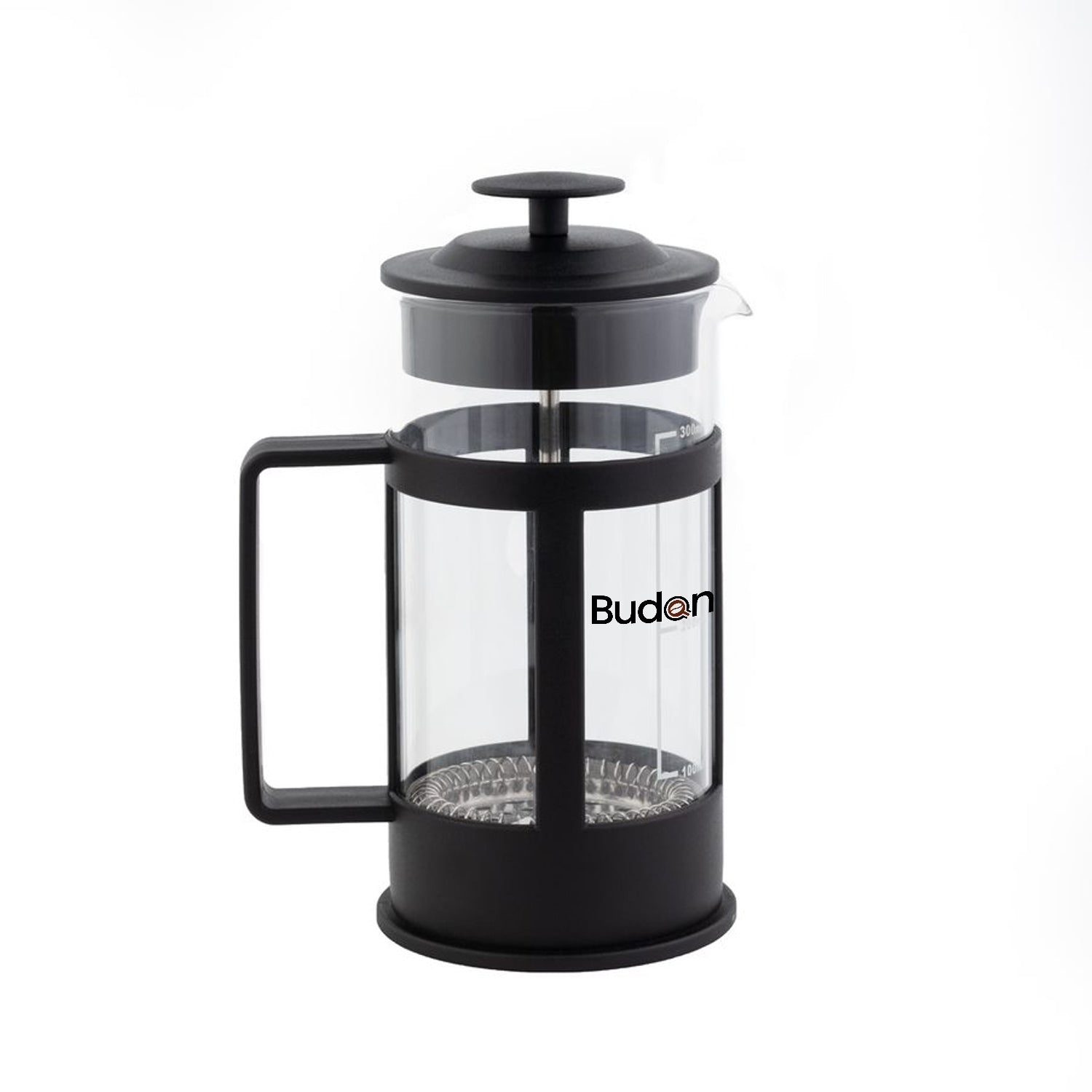Once coffee beans are washed and dried at the farm levels, they are roasted in a special equipment called the coffee roaster. Coffee beans are passed through huge drum roasters to create and curate special roasts.
While huge roasters are used to roast tonnes of coffee, small batch roasters help to adjust their roasts batch by batch.

Drum Coffee Roasters
The Drum Coffee Roaster is the first and oldest type of coffee roaster where the coffee beans are loaded into a drum or cylindrical chamber on its side. As the drum whirls, either gas or electricity or even an open flame heats the tumbling coffee beans from below. In extremely high temperatures, the water begins to immediately evaporate from the beans before the sugars caramelize.
Hot-Air Roaster
Hot-Air Roaster or Fluid Bed Air Roaster uses a convection current of hot air to roast the coffee beans. The coffee beans keep moving with a perfectly controlled flow of hot air, not resting against the hot steel of a roasting chamber.
During this process, hot air forces out the chaff (a thin, delicate layer that covers the beans) as well as any other contaminants.
A standard Hot-Air Roaster can roast a batch of green coffee beans in as little as 6-8 minutes. Also, these roasters can be an inexpensive way to get started. However, we need to remember that the smaller price tag also comes with a smaller batch size than Drum Roaster capacities.
So, if you want a perfect brew brimming with flavour every morning, consider investing in an Aillio Bullet R1 Drum Coffee Roaster. It can roast 1kg of coffee beans in under 12 minutes. The steel drum-like design can perfectly fit in your kitchen.
Another coffee roaster that we can vouch for is the Kaldi coffee roaster which looks and operates like the giant roasting machines you will find at commercial roasteries.
These roasters allow you to roast your coffee at a level suitable for your brewer and you can enjoy the perfect cup of coffee.
So, what roast profile suits your brewing technique?


























